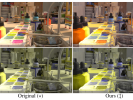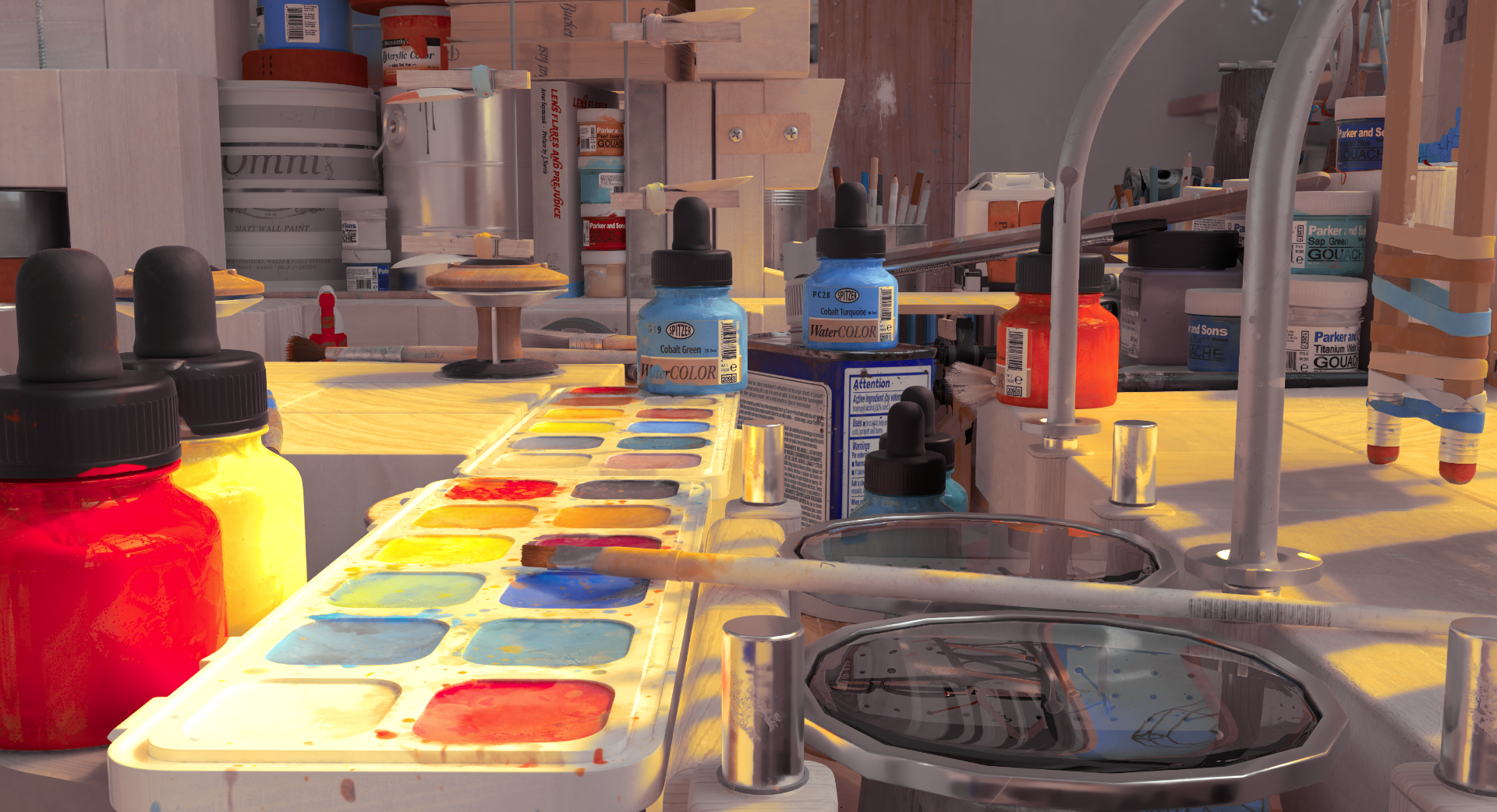Luminance-Preserving and Temporally Stable Daltonization
Pontus Ebelin ; Cyril Crassin ; Gyorgy Denes ; Magnus Oskarsson ; Kalle Åström ; Tomas Akenine-MöllerEurographics 2023 Short Papers (inproceedings)
| Download files: | Links: |
Abstract
Color vision deficiencies (CVDs), more commonly known as color blindness, are often caused by genetics and affect the cones on the retina. Approximately 4.5% of the world’s population (8% of males) has some form of CVD. Since it is hard for people with CVD to distinguish between certain colors, there might be a severe loss of information when presenting them with images as, e.g., reds and greens may be indistinguishable.
We propose a novel, real-time algorithm for recoloring images to improve the experience for a color vision deficient observer. The output is temporally stable and preserves luminance, the most important visual cue. It runs in 0.2 ms per frame on a GPU.
Video
BibTex references
@inproceedings{ECDOAA23,
author = {Pontus Ebelin and Cyril Crassin and Gyorgy Denes and Magnus Oskarsson and Kalle Åström and Tomas Akenine-Möller},
title = {Luminance-Preserving and Temporally Stable Daltonization},
url = {https://research.nvidia.com/publication/2023-05_daltonization, NVIDIA Research page},
year = {2023},
date = {2023-05-10},
booktitle = {Eurographics 2023 Short Papers},
}
author = {Pontus Ebelin and Cyril Crassin and Gyorgy Denes and Magnus Oskarsson and Kalle Åström and Tomas Akenine-Möller},
title = {Luminance-Preserving and Temporally Stable Daltonization},
url = {https://research.nvidia.com/publication/2023-05_daltonization, NVIDIA Research page},
year = {2023},
date = {2023-05-10},
booktitle = {Eurographics 2023 Short Papers},
}





